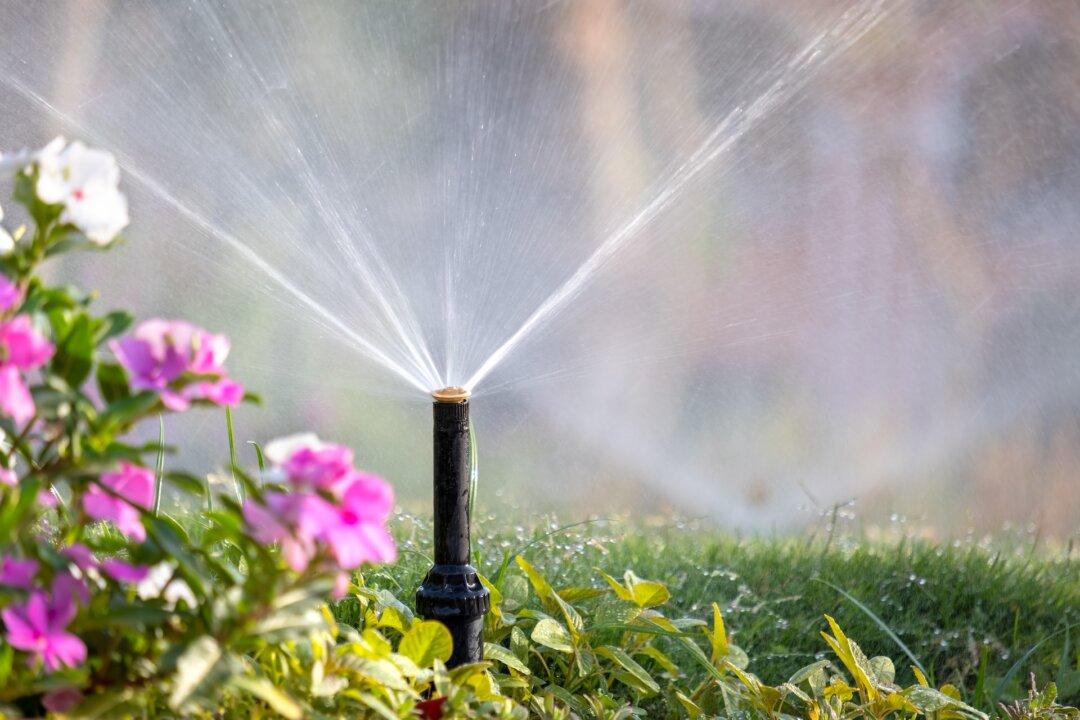Why is one home’s yard verdant green, while the others are browning all around it? Chances are the answer lies hidden in the soil.
An in-ground sprinkler system is the easiest way for a homeowner to water lawns, shrubs, flowerbeds, and other decorative plantings. Automated systems also apply water more efficiently than hand-watering or oscillating lawn sprinklers and significantly reduce the amount of water used. These savings on the water bill can be further increased by using well water (more on that in a bit).





